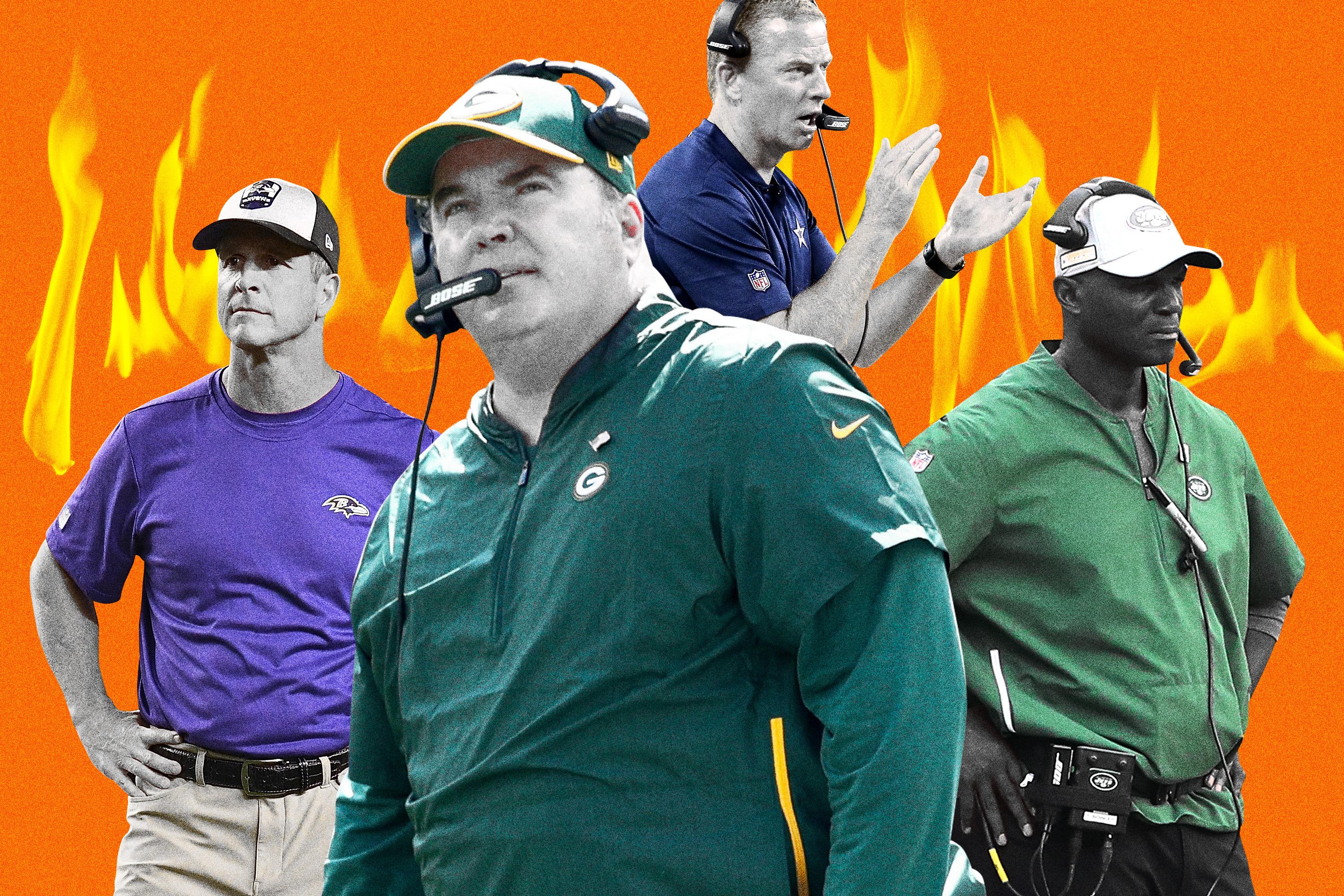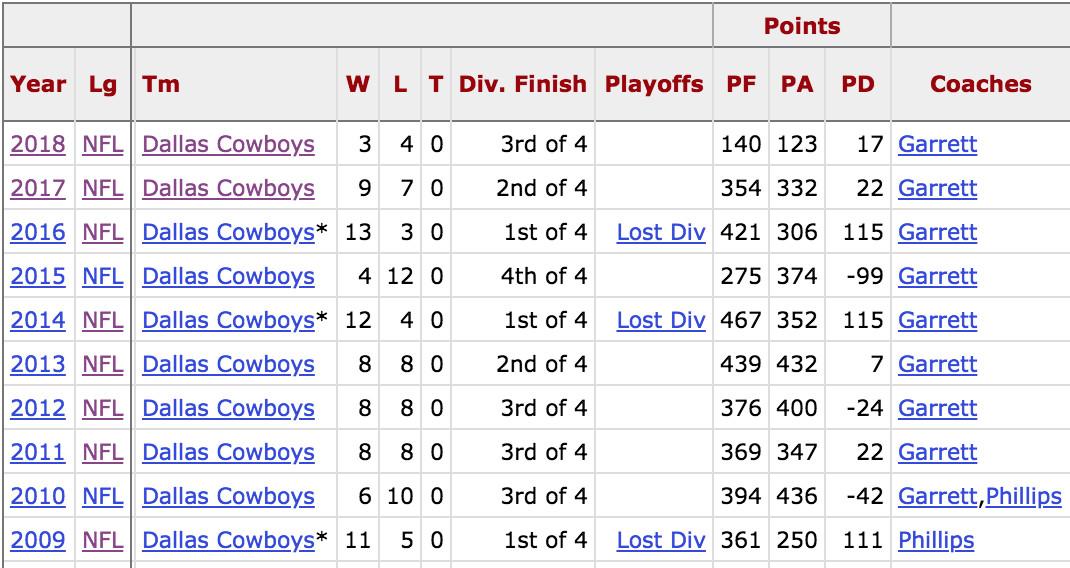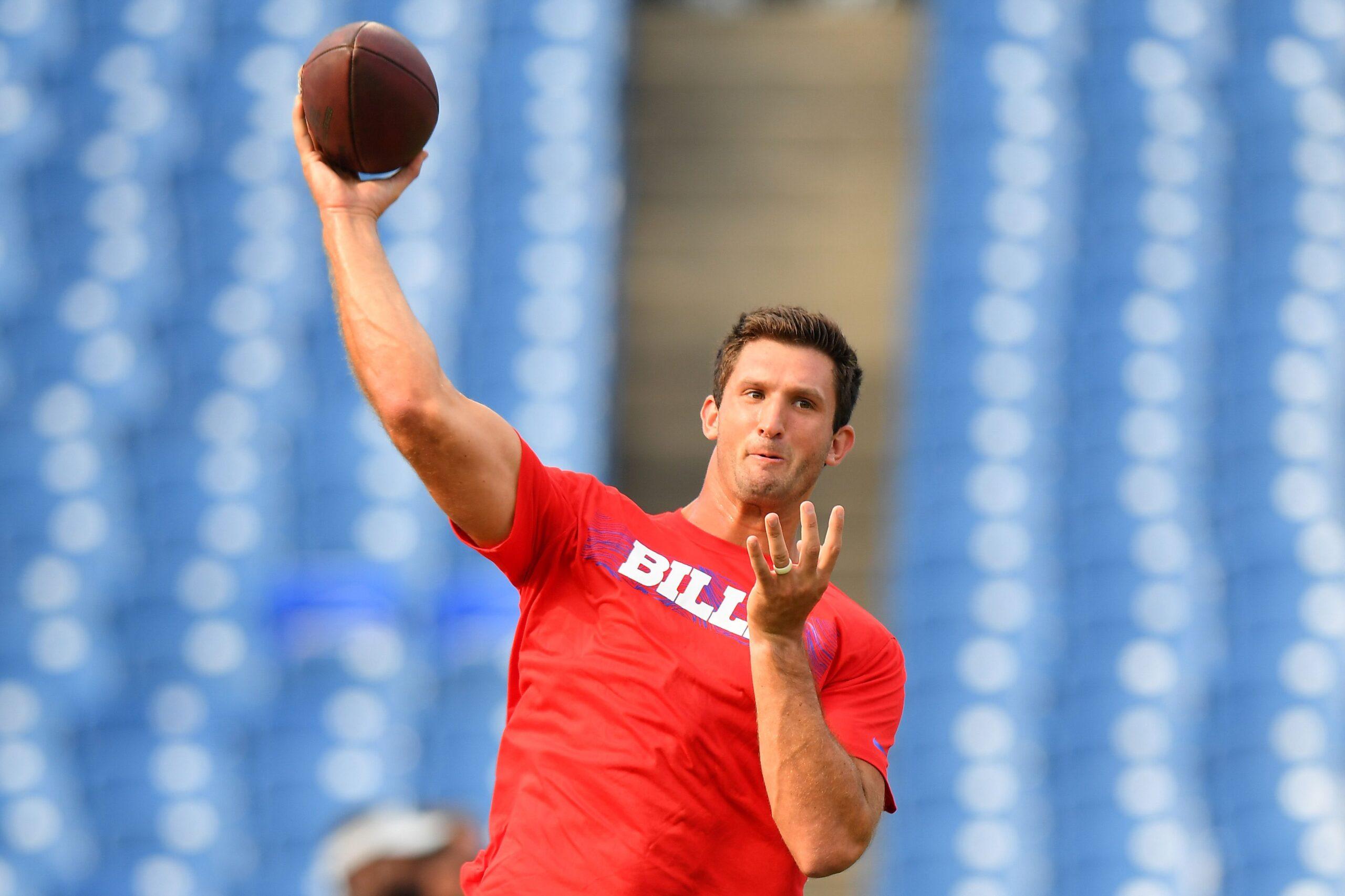
It’s not fun to have people speculate on whether you should be fired, but it’s that time of the year for NFL head coaches. Teams have begun to separate themselves from the pack, and those being left behind will soon look for accountability within.
Some coaches have found safety in the high ground. Texans coach Bill O’Brien, an early favorite to be fired, has pulled a six-game winning streak out of, uh, let’s go with “thin air” to take the division lead in the AFC South. Cincinnati’s Marvin Lewis, Pittsburgh’s Mike Tomlin, and Seattle’s Pete Carroll, all veteran coaches who may have been in jeopardy after a slow start, are all firmly within the playoff race. First-year head coaches Pat Shurmur, Steve Wilks, Mike Vrabel, Matt Patricia, and Frank Reich have been varying degrees of disappointing but not bad enough to fire, while first-year head coach (and masterful GM) Jon Gruden has been bad enough to fire but is unfireable because of his contract.
Not everyone will be so lucky. Hue Jackson was already replaced (by cartoon character Gregg Williams) and a half-dozen more coaches may be gone by season’s end, if not sooner. Let’s run through the coaches at risk of following Jackson as the next midseason fire and how they can hold onto their gig. Their odds may not be high, but as any good coach will tell you, never give up.
John Harbaugh, Baltimore Ravens
How He Got to This Point: Since winning Super Bowl XLVII, Harbaugh is 44-45 in the regular season and 1-1 in the playoffs. The Ravens are at 4-5 this season and are on the outside of the playoff bubble for the fourth consecutive season.
What He Can Do to Save His Job: On Sunday, NFL Network’s Ian Rapoport reported that Harbaugh might be the second AFC North coach to be fired in as many weeks after a loss to the Steelers. He appears to have survived (for now), but it’s a critical stretch for Harbaugh. The Ravens play the Bengals in Week 11 after a week off. If they had gone 2-0 against division rivals Pittsburgh and Cincinnati, ESPN’s Football Power Index projected them to have an 85.6 percent chance of making the playoffs. If they go 0-2, they would have a 10.4 percent chance. If the Ravens miss the playoffs, Harbaugh will likely have to plead his case to Eric DeCosta, the GM-in-waiting who will take over for the only GM the Ravens have ever had, Ozzie Newsome. (Yes, Browns fans, competent organizations plan these things.) Harbaugh’s path to keeping his job is hard to execute but simple to envision: Bench Joe Flacco and take the Week 10 bye to redesign the offense for Lamar Jackson and implement the concepts Jackson succeeded with at Louisville (if Harbaugh’s assistants haven’t already done the legwork for this moment, they put a little too much trust in Flacco). If Jackson succeeds, Harbaugh would likely earn an extension even if Baltimore misses the playoffs. But if Harbaugh’s staff can’t make Jackson look like a second-half Rookie of the Year candidate, he likely agrees to part ways (and becomes one of the leading candidates for an open position in 2019).
Jason Garrett, Dallas Cowboys
How He Got to This Point:

What He Can Do to Save His Job: Either leak to Adam Schefter the incriminating photos of Jerry Jones that Garrett must have locked in a vault or fix the offense. Garrett had a built-in excuse for this season by being handed a depleted pass-catching group, and the team has lived down to expectations. Entering Week 9, the Cowboys were 31st in passing yards (ahead of only the Tennessee Titans), 29th in passing touchdowns, and tied for 25th in points per game. The Amari Cooper trade gives him one legitimate outside receiving option, and now Garrett needs to prove he can actually make something of both Cooper and Dak Prescott down the stretch—and he can’t rely on the luxury of Dallas’s talented but declining offensive line. It’s the toughest test Garrett has faced in Dallas thus far, and he has long odds to stay in Dallas unless he ditches his conservative play-calling—the team’s offense is perhaps the least imaginative in football—and takes a more modern approach. He could be clapping from the stands in 2019.
Mike McCarthy, Green Bay Packers
How He Got to This Point: Wasting the most talented quarterback ever’s prime.
What He Can Do to Save His Job: Make nice with that quarterback.
McCarthy has been in Green Bay for 13 seasons, and it feels like he’s been holding back Aaron Rodgers for most of that time. In August, Rodgers signed an extension through 2023, so McCarthy needs to approach his signal-caller with a plan on how to work together for the next half-decade, not just the next half-season. That starts with McCarthy’s personnel usage and play-calling, both of which have already been questioned by Rodgers this year. Rodgers is the highest-paid player in football, but he can’t even run the plays that he wants, which seems silly. McCarthy should meet with Rodgers and—wait for it—just give the best quarterback in football whatever he wants. Play Aaron Jones at running back even after Sunday night’s fumble? Sure. Delegate play-calling duties and allow Rodgers to audible into whatever he wants at the line of scrimmage? Go for it. Switch to State Farm insurance and use Rodgers’s promo code? McCarthy will be a good—no, a great neighbor.
Todd Bowles, New York Jets
How He Got to This Point: He’s the longest-tenured coach in the NFL to not make the playoffs. And with 13 total wins since the start of the 2016 season, he’s not close.
What He Can Do to Save His Job: Protect Sam.
The Browns just fired Hue Jackson after three seasons not because of wins (three) or losses (36), but because of “internal discord” that was threatening Baker Mayfield’s development. Bowles is not Jackson, but he should heed the lesson or risk meeting the same fate. Bad teams can tolerate being bad, but they can’t tolerate messing with hope. The Jets’ most important priority is not wins or losses, but making sure their no. 3 overall pick is more Joe Namath and less Mark Sanchez. Thus far, it hasn’t gone well. Darnold leads the league in picks and looks like he is surviving, but not thriving. Players are already fed up with what’s likely yet another losing season, and if Bowles can’t quell the frustration before it becomes full-fledged discord, he might be out the door before Darnold turns 22.
Vance Joseph, Denver Broncos
How He Got to This Point: Stuck with, and then blamed for, John Elway’s roster mismanagement.
What He Can Do to Save His Job: Good question. The Broncos are in limbo, from all the way at the top (a fight for control of the team is looming) to the bottom (they have a win-now roster, just traded their second-best receiver, and had their best cornerback on the block). Joseph, a defensive backs coach for a decade who parlayed one season of coordinating Miami’s defense into Denver’s head-coaching job, was a green candidate. His first decision to make as coach was judging a quarterback competition between Elway’s two biggest front-office failures (Brock Osweiler and Paxton Lynch) and a seventh-round pick (Trevor Siemian) in 2017, and this season, he has Case Keenum and some spare parts. Joseph seems like the ideal fall guy for the mistakes of Elway, who has whiffed in free agency and the draft since winning the Super Bowl, and Joseph’s best hope is to maximize the talent he’s been given by improving Denver’s record in close games. After starting 2-0 in games decided by one possession, the Broncos have lost their past four one-score games. Unless Joseph improves his late-game strategic acumen, he won’t have a strong case to return.
Dirk Koetter, Tampa Bay Buccaneers
How He Got to This Point: He was promoted from offensive coordinator to head coach to give Jameis Winston stability, and now he may follow the quarterback out the door.
What He Can Do to Save His Job: Ideally he would fix the defense, which has given up the most points in football, but the team is relying on three rookies in the secondary, and Koetter already fired defensive coordinator Mike Smith in mid-October. Under Smith, the defense was allowing 34.6 points per game. In the three games since Smith was fired, the defense has improved to … 34.0 points allowed per game.
As a wise man once said, the best defense is a good offense. The team leads the league in passing yards, and Koetter’s best chance might be to keep playing touchdown-a-thons (but you know, actually win) and then use this season as his résumé. If he can turn Ryan Fitzpatrick into a fearsome quarterback, he (in theory) can be trusted with developing the next franchise guy if (or when) the franchise moves on from Winston. However, in reality, offensive coordinator Todd Monken, not Koetter, is the one conducting the symphony that has been FitzMagic to our ears.
Sean McDermott, Buffalo Bills
How He Got to This Point:

What He Can Do to Save His Job: Make peace with his god.
McDermott’s specialty is defense, and while Buffalo’s D has been surprisingly strong this year, nothing can excuse that offense. On a per-game basis, this season features the most completions, passing yards, touchdowns per game, highest completion percentage, second-highest yards per attempt, and by far the highest passer rating of any season in NFL history. Buffalo has not gotten the memo. The Bills have thrown 16 interceptions and just three (!) touchdown passes this season. (To put that in context, 13 different quarterbacks have had four or more touchdown passes in one game this year.) Worse, the Bills have also thrown three pick-sixes, meaning they’ve thrown as many touchdown passes to their own team as they have to the opposing team. In the best year for passing in NFL history, Buffalo’s pass offense is essentially a wash.
The advanced numbers are even worse. By Football Outsiders’ DVOA, which measures context adjusted efficiency per play, the Bills have the worst era-adjusted offense of all time.
On the bright side, there’s nowhere to go but up when you hit rock bottom.
An earlier version of this piece incorrectly stated that the Ravens are in the NFC North.

